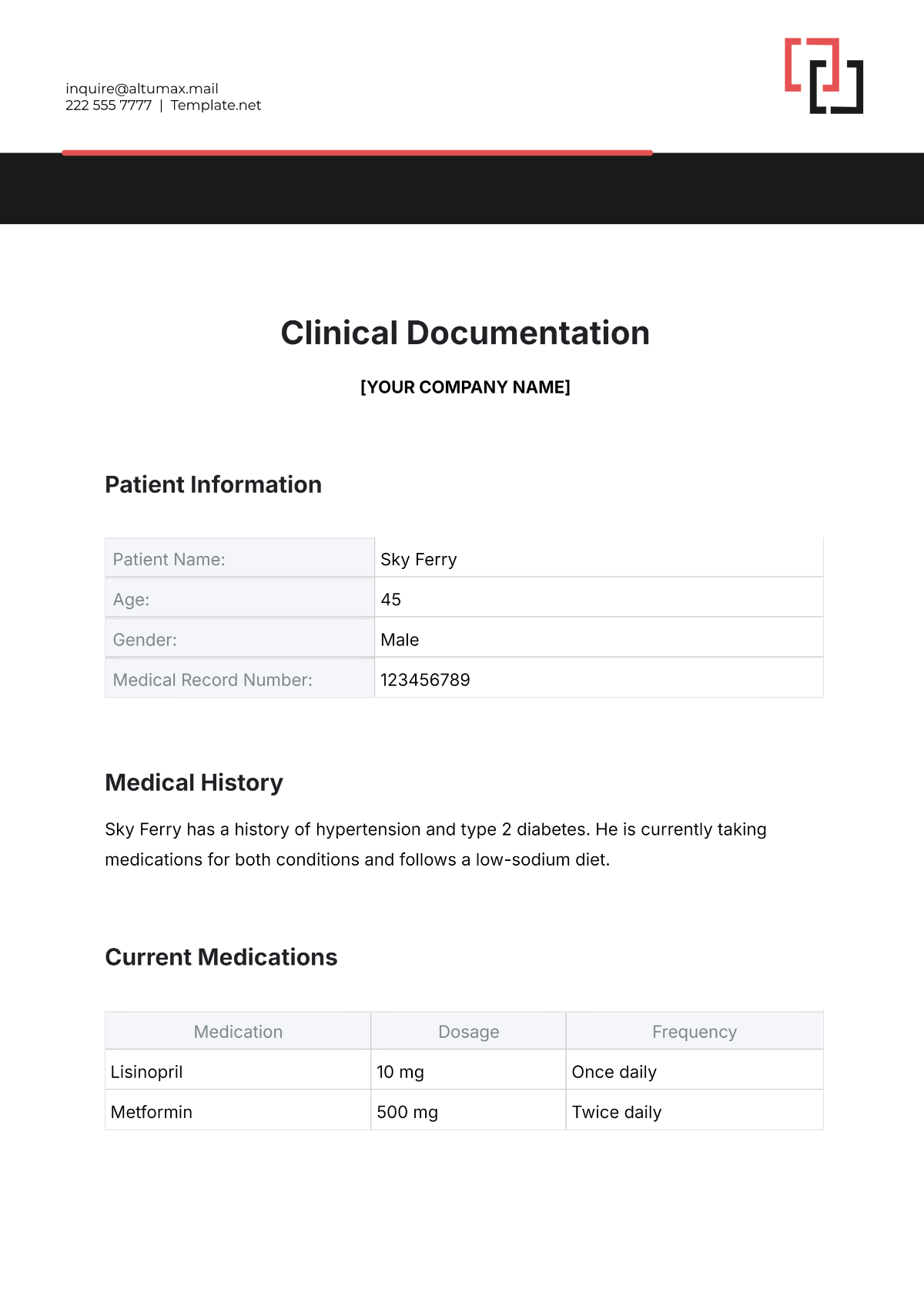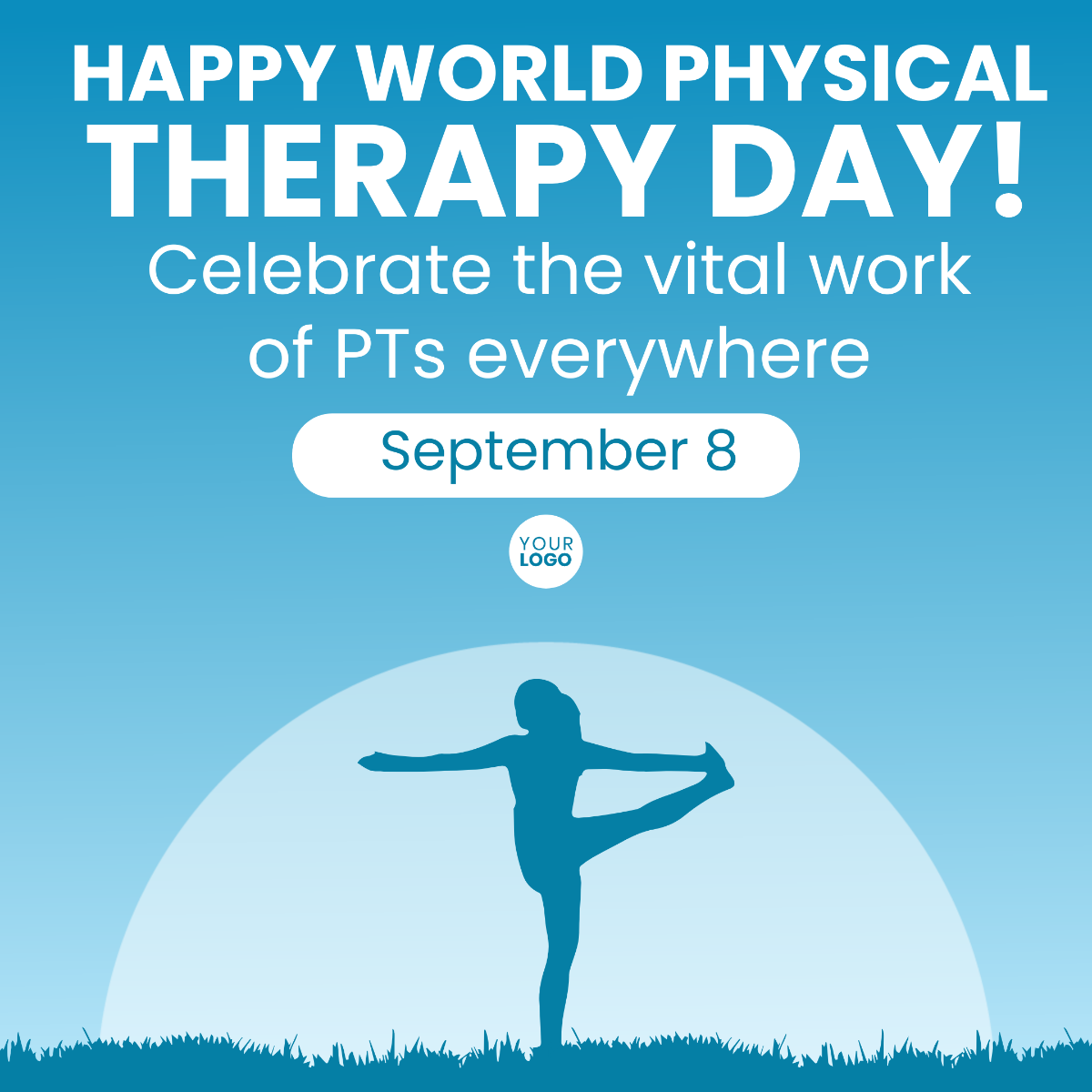Telehealth Project Specification
Prepared By: [Your Name]
I. Introduction
The Telehealth Project, led by [Your Company Name], aims to revolutionize healthcare delivery by utilizing digital platforms to provide medical consultations, diagnoses, and treatments remotely. This initiative will leverage advanced communication technologies to ensure high-quality, accessible, and efficient healthcare services, transforming the traditional healthcare system and extending its reach to remote and underserved areas.
II. Objectives
The primary objectives of the Telehealth Project are to:
Provide accessible healthcare services to remote and underserved areas.
Reduce the burden on healthcare facilities through remote consultations.
Ensure continuity of care via digital health records and monitoring.
Enhance patient outcomes and satisfaction by minimizing travel and wait times.
III. Scope
The scope of the Telehealth Project encompasses:
Developing a secure and user-friendly telehealth platform.
Integrating telecommunication technologies for video, audio, and text consultations.
Implementing digital health records and secure data storage solutions.
Providing training and support for healthcare professionals and patients.
IV. Stakeholders
Key stakeholders involved in the Telehealth Project include:
Payers: Insurance Companies, Government Entities
Medical Professionals: Doctors, Nurses, Therapists
Patients
IT Team: Developers, System Administrators
Support Staff: Customer Service, Technical Support
V. Functional Requirements
5.1 User Authentication and Authorization
The system must ensure secure login for all users through multi-factor authentication (MFA) and role-based access control (RBAC).
5.2 Video and Audio Consultation
The platform must provide high-definition video and clear audio channels for real-time consultations. Key features include:
Video recording and playback
Mute/Unmute options
Screen sharing capabilities
5.3 Digital Health Records
Healthcare providers and patients should be able to access, update, and manage health records. Key features include:
Encryption of health data
Comprehensive search functionality
Capability to upload/download medical documents
5.4 Appointment Scheduling
The system must implement a robust scheduling system to manage appointments. Features include:
Calendar integration
Automated reminders via email/SMS
Time zone adjustments
5.5 Patient Monitoring
The system must implement remote monitoring tools for chronic disease management. Features include:
Integration with wearable devices
Real-time data analytics
Alert systems for abnormal readings
VI. Non-Functional Requirements
Security: Ensure data protection and privacy by adhering to HIPAA compliance and using advanced encryption methods.
Scalability: The system needs to possess the capacity to expand and accommodate a growing number of users as well as an increasing amount of data over time.
Usability: Develop an intuitive user interface that is accessible to all users, including those with disabilities.
Performance: Make certain that the platform functions smoothly and consistently, with minimal delays and high levels of accessibility at all times.
VII. Technical Specifications
Component | Specification |
|---|---|
Frontend | React.js, HTML5, CSS3 |
Backend | Node.js, Express.js |
Database | MongoDB |
Video Conferencing | WebRTC |
Authentication | OAuth 2.0 |
VIII. Implementation Plan
Phase 1: Requirement Analysis
Conduct stakeholder meetings
Gather detailed requirements
Create a comprehensive project plan
Phase 2: Design
Develop wireframes and prototypes
Finalize the technology stack
Design database schemas
Phase 3: Development
Frontend Development
Backend Development
Database Integration
Phase 4: Testing
Perform unit testing
Conduct integration testing
Execute user acceptance testing (UAT)
Phase 5: Deployment
Deploy the application on a cloud platform
Conduct a pilot launch
Phase 6: Maintenance and Support
Provide ongoing technical support
Monitor system performance
Implement updates as needed
IX. Risk Management
Risk | Impact | Mitigation Strategy |
|---|---|---|
Data Breach | High | Encrypt data and audit security regularly |
System Downtime | Medium | Ensure high availability with redundancy and failover |
Compliance Issues | Medium | Regular compliance checks and updates |
User Adoption | Low | Provide training and user-friendly interfaces |
X. Budget and Resources
Resource | Estimated Cost |
|---|---|
Development Team | $200,000 |
Hardware and Software | $50,000 |
Testing and QA | $30,000 |
Training and Support | $20,000 |
XI. Timeline
Phase | Duration |
|---|---|
Requirement Analysis | 1 month |
Design | 2 months |
Development | 4 months |
Testing | 2 months |
Deployment | 1 month |
Maintenance | Ongoing |
XII. Conclusion
The Telehealth Project, led by [Your Company Name], represents a significant advancement in healthcare delivery, leveraging modern technology to bridge gaps in access and efficiency. By adhering to the outlined specifications and implementing best practices, the project is poised to achieve its goals of enhancing patient care and optimizing healthcare resources.

















































